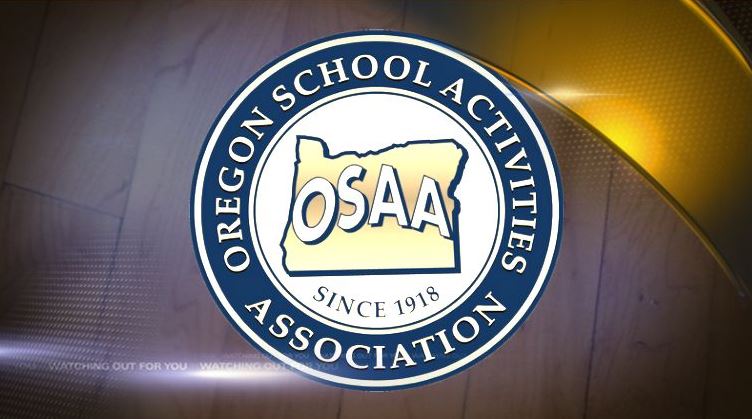
Governor Kate Brown sent a message out to schools relaxing the guidelines to open a school. Now, there must be less than 99 cases per 100,000 people for two successive weeks for a school to open. Previously, this number was at less than 10 people.
While this easing of restriction does make it easier to open up a school, it’s still a hard target to achieve – but that’s alright because no one should be gambling with the health of others. What this announcement does, however, this does open the door to school districts looking into getting athletes to start playing.
One example of this is Beaverton School District 48. Starting November 9th, they are allowing students and coaches to begin practicing. This involves primarily conditioning and skill training void of contact. More specifically, they are following OHA (Oregon Health Authority) guidelines by allowing “training, conditioning and competition for outdoor non-contact and minimal/medium contact sports” (OHA). Both indoor and outdoor sports are allowed to condition and train if the respective school is participating in distance learning. This means no Friday Night Lights for a long while – maybe not even this year.
With this update to the situation, state health guidelines will still be followed: disinfection of bathrooms, temperature checks, face masks, and small groups – nothing absurd.
But it’s important to remember, these are just practices. There will be a possibility of scrimmages that don’t involve contact. But in no circumstance will there be actual games and competitions just yet.
The question begging to be asked now is, now what? What will happen after high school practices are allowed to start?
Well, assuming everything works out fine – that there isn’t a bug spike in COVID cases – the direct next step will be to allow competitions for non contact sports and introduce contact to full contact sports.
Some athletic directors are already thinking about this in Eastern Oregon where many counties are witnessing less than five new COVID cases a day. The two biggest factors that limit games would be cost and distance.
OSAA in a memo said, “Schools will continue to determine their own schedules which will likely include more cross-classification contests.” This means that cross-league competitions are allowed. So, a certain high school team would most likely only place schools that are within X miles from it. The closer the two schools, the more likely a chance of a game (and more often), regardless of what league the two teams come from.
This would limit the spread of COVID as the virus would only stay in a certain error and the players have a lower chance of getting infected as they are traveling less.
This rule about distance also works out most effectively to minimize costs. Say, athletes need to be six feet apart on a team bus. Now, instead of paying for one team bus, a high school needs to afford two to be able to transport all their players to a certain game. The closer the game is, the cheaper the travel will be.
That means the possibility of only regional play will happen for the moment, and even then, in the more rural parts of Oregon where cases are lower.
These Eastern Oregon ADs are slowly working out how to create a schedule that allows their teams to play, minimizes costs, and stays within state health guidelines.
While these are just a few of the many other hurdles preventing high school athletics, the future for #LetUsPlay has a shimmer of hope. If the third largest school district is feeling confident enough to allow small, non-contact practices on it’s grounds, then maybe games are coming sooner than we may think.



